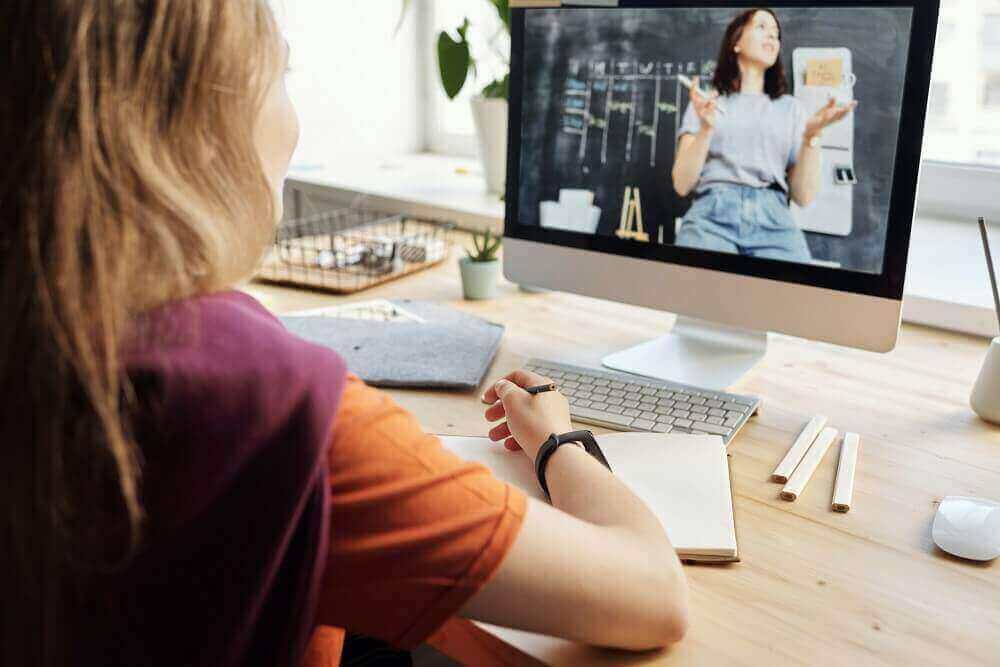Learning has been part of human life for so long, however, Learning Abilities styles keep on evolving from time to time. Largely, it was more in-class-oriented, but there is an observable shift today in the way students learn or obtain knowledge. Remote learning, the use of educational apps, and personalized classes are the face of the education industry today.
When it comes to retaining information, learning abilities matter a lot. Some retain information better mainly through traditional means i.e use of textbooks, an explanation from the teacher, and so on. Others memorize information greatly through self-paced learning abilities and with the help of videos.
On the other hand, there is no doubt of technology’s evasion of almost every aspect of life. It presently supports various human activities and services such as healthcare, transportation, entertainment, business, and now in the education sphere.
More so, the prevalence of technology in the education field is surprisingly growing steadily around the globe. It is now taking an epicenter in the way educators teach and the way students learn. Students no longer have to stick to face-to-face learning styles, exams can be taken remotely, and a lot more takes a similar approach. This was also more prevalent with the advent of the 2020 pandemic.
The impact of COVID-19 indicated how technology can’t be eliminated from the equation when it comes to modern learning abilities. Online teaching and e-learning apps are becoming part of the education system worldwide. Students have also shown a positive perception of changes in the education system. More vividly, students report better learning experiences.
Although the use of technology in education has not yet taken a firm base in some regions, the latest e-learning statistics indicate that the global e-learning market will be worth $325 Billion in 2025. It should also be noted that e-learning takes into account both student and corporate learning. The biggest drivers of the e-learning trend are several technologies like artificial intelligence, virtual reality, and augmented reality.
Technology is changing education in many ways and its impact can’t be denied or overlooked. With that, let’s take a look at how technology is or has impacted students’ learning abilities.
6 Ways in Which Technology Has Impacted Students’ Learning Abilities
1. Has Made Learning Abilities More Immersive
Through technologies like Virtual Reality and Augmented Reality, learning is now more immersive than before. Learning now offers better experiences whether in physical or online classes where technology is incorporated. Technologies like virtual reality (VR) introduce students to a digital world where they traverse and interact with images in that environment.
Students or any other learner can enter such environments that can’t be entered in the real world. For example, they can traverse space or visualize world war II events right in their comfort zone. More so, they can feel or sense the real working of things for example how the blood flows through the veins, or how viruses are fought. For areas where practical skills are required, VR offers a chance for students to conduct surgery virtually.
The extent to which technology unveils concepts to students helps them set SMART Goals with a clear perspective of what is being taught. They are also able to experiment further and become more innovative. Such learning experiences are incredible add-ons to traditional learning approaches where students learn through textbooks or have to reach the theater hall to experiment with things.
2. Has Increased Student Imagination Power & Curiosity
Certain areas of study like engineering, cognitive science, astronomy, and biology many times require inspiration. Physical classrooms may not offer a perfect example of how these areas of study operate or how fascinating they are. To another extent, a mere explanation may seem intricate and boring to a student to comprehend the exact meaning of a topic.
However, there is now an enhancement in the teaching and delivery of these intricate subjects with the help of technology in the education field. A teacher can simply utilize VR and videos to explain concepts to students. Through this, their imagination is enhanced and they are able to become more creative and curious which many times leads to innovations and better alternatives in an area of study.
Gamification is also another trend that is altering the way students learn, attain and retain knowledge. With gamification, students’ concentration and focus are increased. The latest statistics assert that 67% of US students prefer gamified learning experiences. Gamified learning sessions produce immersive experiences and are also suitable for employee and advanced training. Learners are more engaged and are able to learn and retain information better.
3. Has Enhanced Learning Productivity
 The use of smart technology in education is allowing teachers and students to maximize their learning abilities. Students can interact with teachers during school time and also set learning abilities periods while at home. Learning is also possible anywhere and at any time. The use of technology like a learning management system (LMS) allows teachers to create, deliver and track educational courses and outcomes.
The use of smart technology in education is allowing teachers and students to maximize their learning abilities. Students can interact with teachers during school time and also set learning abilities periods while at home. Learning is also possible anywhere and at any time. The use of technology like a learning management system (LMS) allows teachers to create, deliver and track educational courses and outcomes.
Today there is also a range of productivity tools that are making learning more holistic and rewarding. These productivity tracking tools include Dropbox, Virtual Assistant, and Asana among others. These tools help students to track the amount of time they spend on tasks and the tasks’ progress.
Teachers also use these tools to identify students’ learning difficulties and are able to modify teaching or learning styles accordingly.
4. Better Access to Information
Technology is accelerating learning through the use of AI and educational apps. Apart from attending physical classes, students can study online using educational apps which are embraced depending on personal interests.
With the help of these, students are able to stretch their learning boundaries from physical classrooms. Like AI in retail, which allows merchants to obtain real-time customer information, students are able to access information anywhere and at any time. They do not need to rely on teachers or wait for face-to-face interactions to attain answers to their questions.
On the other hand, students are able to set their own learning pace. Personalized learning allows students to customize their learning sessions according to their strengths, weaknesses, and time frame. Personalized learning has proven to enhance learning abilities outcomes and student performance.
5. Better Collaboration
There is now enhanced collaboration and communication in education thanks to technology. Students, despite the physical distance, can work on a project online for example in the case of STEM projects and assignments. Students use technology to learn STEM concepts and find solutions creatively through their interaction with digital models.
Currently, there is a range of collaborative tools that students and teachers can use to work on projects together. These tools include Google Drive, FlipGrid, Evernote, and Dropbox. Students can use these tools during online lessons and work together anywhere to maximize learning time.
They also become better positioned to handle collaborative activities even in the absence of face-to-face interactions. Additionally, collaborative tools allow timely project operations and change implementations which reduce workload once students meet together again.
6. Improved Retention
Statistics from Techjury show that e-learning increases learning retention by up to 60%. Generally, learning effectiveness is gauged by the outcomes more vividly in the long run. Learning retention differs from student to student. Some students can retain information better during physical classrooms whereas others may require additional help.
Technology in education is helping students optimize learning abilities which helps them retain information better. Generally, technology lays a platform for personalized learning abilities depending on student academic performance. It also makes learning more immersive and engaging with the help of AI, VR, and gamification. All of these enable students to retain information easily and recall it in the future.
Final Thought
Technology like in other spheres of life is impacting education from every angle. Technologies like VR, AI, and gamification are associated with immersive learning abilities experiences which enhance knowledge retention and academic achievements. These technologies also enhance imagination, critical thinking, and problem-solving, especially in intricate areas of study. With all technology’s contributions to the education sector and specifically to students’ learning abilities, its prevalence is expected to escalate worldwide in the coming years.


